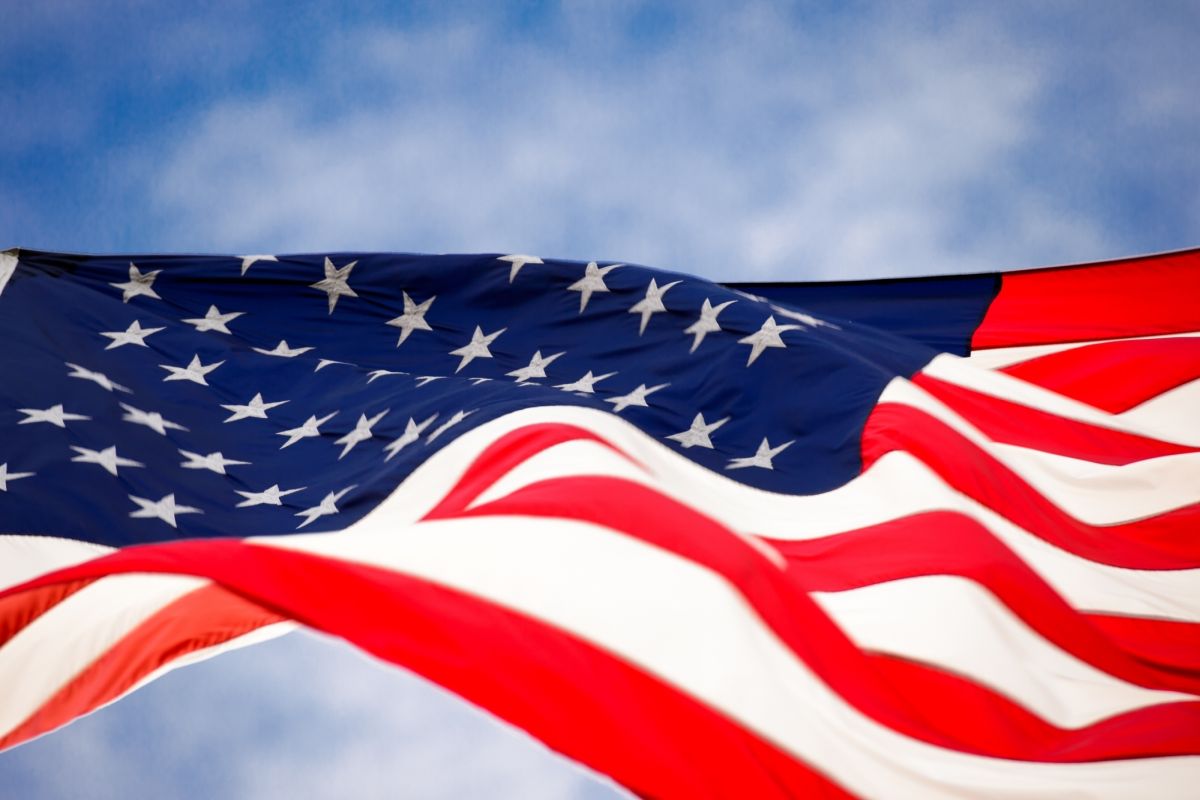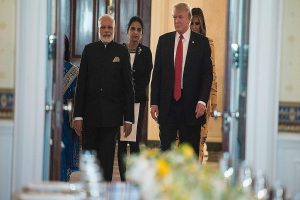Amidst the renewed tension with Taiwan ~ this time in the context of the House Speaker, Nancy Pelosi’s visit there ~ the military of the United States of America has let it be known that it has carried out a test of a Middleman III intercontinental ballistic missile. That test is reported to have been delayed to avoid escalating tensions with Beijing during China’s show of force near Taiwan earlier this month. As it turns out, the US nuke warning with a missile test ~ a faint echo of Kim Jong Un’s machinations ~ is Washington’s tit for Beijing’s tat. China had deployed scores of planes and fired live missiles in the Taiwan Strait after the Speaker of the House of Representatives, Nancy Pelosi, made a trip to the self-ruled island. China considers Taiwan as part of its territory and has never renounced using force to bring it under its control.
The test demonstrated the readiness of US nuclear forces and provides confidence in the lethality and effectiveness of a nuclear deterrent, a US military statement said. It claimed that about 300 such tests had occurred before, and these were not the result of any specific event. In April, the US military cancelled a test of its Minuteman III intercontinental ballistic missile. That delay was intended to lower nuclear tensions with Russia during the ongoing war with Ukraine. The nuclear-capable Minuteman III, manufactured by Boeing, happens to be the key to the US military’s strategic arsenal. The missile has a range of 9,660-plus km and can travel at a speed of approximately 24,000 km per hour.
Advertisement
Missiles are dispersed in hardened underground silos that are operated by launch crews. It bears recall that the Russian President, Vladimir Putin, had said in February that his country’s nuclear force should be put on high alert. Implicit in that caveat were fears that Russia’s invasion of Ukraine could lead to a nuclear war. But in context, US officials have said that they have no reason thus far to change Washington’s nuclear alert levels. Russia and the United S9tates have by far the biggest arsenals of nuclear warheads, post the Cold War that had divided the world for much of the 20th century, in effect pitting the West against the Soviet Union and its allies.
The recent test will almost certainly be noted in Russia and China, as the latter has aggressively sought to bolster its position in the Pacific, a development that has frustrated successive administrations in Washington. China’s military said that it conducted more exercises near Taiwan last Monday when a delegation of US congressmen visited Taiwan and met President Tsai. Tuesday’s missile test by the United States carried a test re-entry vehicle, which in a strategic conflict could be armed with a nuclear warhead.











